Tiered Pricing Strategy: 10 Real-World Examples & Models for E-commerce Growth
Summary Tiered pricing is a strategy in which a product or service is offered in multiple levels or packages,...
Digital Marketing Specialist
BFCM is a battlefield. You’re up against heavy competition, deep price cuts, and soaring ad costs that can crush your margins. Product bundling is your best defense: it boosts your average order value, simplifies gift shopping for customers, and helps you move inventory without resorting to steep, sitewide discounts.
This guide breaks down 8 proven bundling strategies, from simple gift sets to advanced AI-driven offers, with step-by-step tips to set them up for a winning sales weekend. Let’s dive into it now!
When the biggest shopping event of the year rolls around, you want offers that don’t just attract customers, but also make their shopping experience easier and more valuable. Product bundling is a fantastic way to do just that, increasing your average order value (AOV) while giving shoppers a great deal.
Here are 8 of the best and proven product bundling strategies to help you win big during BFCM.
This is the classic gift basket approach. You select a limited set of compatible goods and bundle them together at a fixed price. The items cannot be altered by customers; it is an offer, take it or leave it, and this makes their decision-making easier.
A curated gift set on a Shopify store appears just like a normal product. It will have a particular product page with images of all the items involved, a description of the contents, and a single “Add to Cart” button. Some apps also allow you to create a separate bundles page, which displays several options of gift sets altogether, making them easier to browse and to compare.
Key characteristics:
This is an ideal strategy to use during the holiday months, particularly during the BFCM, when many shoppers are shopping around to get gifts. It is also an excellent method to use to introduce customers to a new product by offering it with one of their favorites as a package deal.
How to optimize it:
Just as the name sounds, in this strategy, the customers are given the power to design their own kind of bundle. They allow you to select from a range of items, and then they leave it up to the buyer to choose which of those products they would like to include in their personal box or collection, possibly at a pre-determined cost or even a tiered discount.
On Shopify, a BYOB offer usually lives on a dedicated page where customers are guided through a step-by-step process. They might see a grid of products they can add to their “box” until it’s full. Shopify apps are essential for this functionality, providing the interface for customers to build their bundle and for the discount logic to work correctly in the cart.
Key characteristics:
BYOB also works best when you can offer a line of products of similar prices and which complement one another, like cosmetics, snacks, apparel basics, or coffee blends. It would be suitable for brands seeking to deliver a more personalized experience and connect with their customers in a stronger manner.
How to optimize it:
This is an extension of the “buy more-save more” concept. You are making the customer buy more items within a certain set of objects or category, and in exchange, they are being rewarded with a discount that may add value as the customer gets more items. For example, buy $50 and get 10% off; buy $100 and get 20% off; buy $150 and get 30% off.
This “mix and match” offer usually appears on the pages with the relevant product or collection in a Shopify store. A banner, or a scroll, will notify the bargain, and the deduction will automatically be forthcoming when the terms are fulfilled at checkout. This may involve an app that needs to handle complex discount rules.
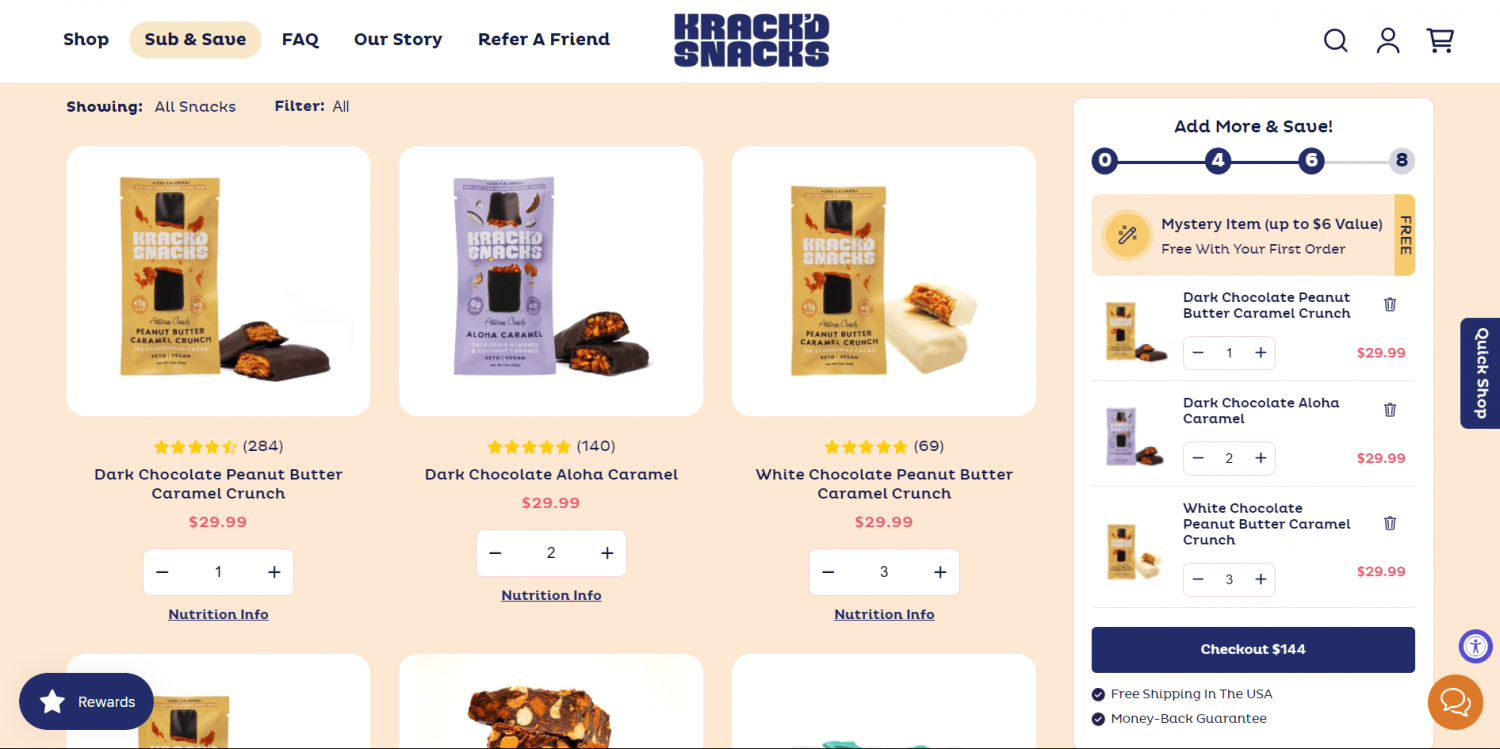
Key characteristics:
Apply these product categories to the ones in which customers like the idea of purchasing products in multiples, such as apparel, accessories, food items, or beauty products. It is an effective means during BFCM to differentiate between mere percentage-off discounts and significantly raise the AOV.
How to optimize it:
It is the most modern technology-based approach, utilizing AI and machine learning to come up with personal bundle suggestions in real-time. The system suggests complementary merchandise based on a customer’s web searching patterns, buying history, and what other buyers have purchased. It is similar to having a personal stylist for each customer.
If you visit the product page on Shopify, you’ll find sections like “Frequently Bought Together” or “Complete the Look.” Customers will see the item they are viewing plus several recommended products, with checkboxes to add all or some of them to their cart in one click.
Key characteristics:
This strategy is a game-changer for fashion, furniture, and electronics stores, anywhere that products are naturally used together to form a complete set or system. If you have a large catalog, dynamic bundles can help guide customers to the right products and significantly increase order values.
How to optimize it:
A mystery box is a package in which the customer has information about the theme and value, but not about particular items. It plays on the psychological excitement of surprise and curiosity that results in a memorable shopping experience, which gets shared on social media.
On Shopify, the mystery box would be created as an individual product on the “product page”. You would have a tempting photo of a closed box, explain the theme (e.g., “A warm fall surprise”), and the guaranteed retail value (e.g., “Contains over $100 of products for only $50!”). Customers purchase it like any other product, and the expectation remains until they open it at home.
Key characteristics:
Mystery boxes are perfect for BFCM when shoppers are looking for unique gifts and great deals. They work well for brands with a wide range of products in categories like apparel, beauty, gaming, or food and drink. It’s also a great way to clear out excess inventory before the new year.
How to optimize it:
This technique encourages customers to increase their purchases by awarding higher-value free gifts or discounts with each cart threshold. For example, spend $50 & receive a lip balm for free; buy any item for $100 & get a tote bag free; pay $150 & get a complimentary full-size moisturizer.
On Shopify, this is often visualized in the slide-out cart or on the checkout page. A progress bar shows the customer how close they are to the next reward tier, dynamically updating as they add items to their cart. This usually requires a Shopify app that supports tiered rewards.
Key characteristics:
This tactic works for nearly any type of store, from fashion to home goods. Use it when you want to increase your average order value without offering a sitewide discount, as it rewards your highest-spending customers.
How to optimize it:
Instead of upselling prior to checkout, this tactic presents a special bundle offer on the page that the customer sees after making the purchase, but before the all-important thank-you. They can add the bundle to their existing order with one click because their payment information is already entered, which removes all friction.
On a Shopify store, a post-purchase offer will appear on a separate page immediately after checkout has been completed.
Key characteristics:
Post-purchase bundles are excellent for BFCM to maximize the value of every single customer who converts. It’s perfect for offering complementary products.
How to optimize it:
This strategy focuses on long-term value over a single BFCM sale. You offer a specially priced bundle that serves as the customer’s first shipment in a new subscription. The goal isn’t just to make a sale today, but to acquire a recurring revenue customer for months to come.
On Shopify, this bundle is presented on a product page that clearly explains the subscription model. For example, “Get Our Complete Skincare Starter Kit for 25% Off (Your First Month’s Supply).” The customer buys the bundle, and a subscription app like Loop or Appstle automatically schedules their future recurring orders.
Key characteristics:
Use this for consumable products that customers need to replenish regularly, such as coffee, supplements, skincare, pet food, or cleaning supplies. BFCM is the perfect time to acquire subscription customers by offering a steep discount on their first bundle.
How to optimize it:
If you’re planning to pack your store with irresistible bundle deals this BFCM, a smart app is your secret weapon. See which of these merchant-favorite tools might be exactly what you need.
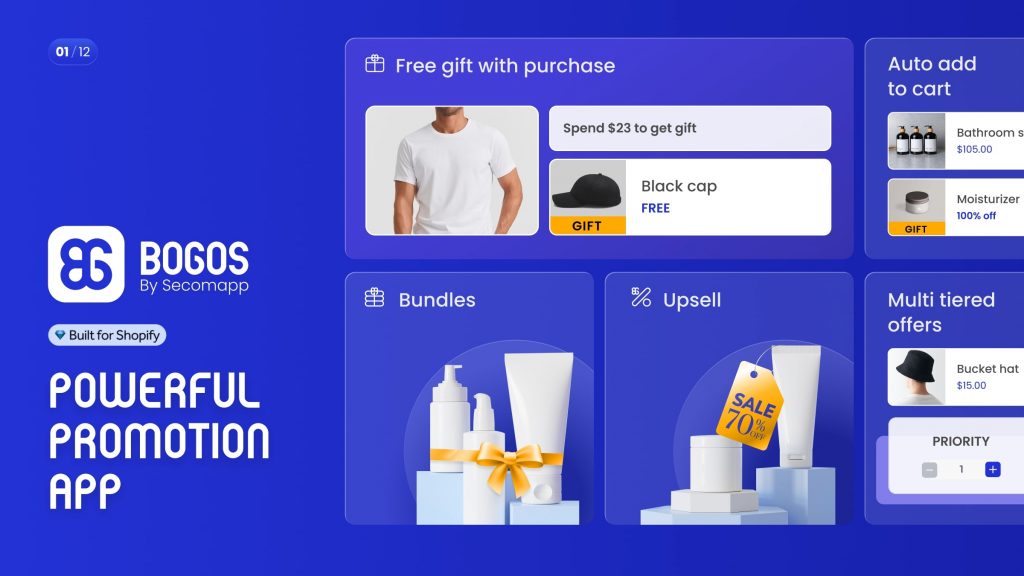
BOGOS is a comprehensive promotional app for Shopify designed to create a wide variety of product bundles and offers. The platform handles numerous campaign types, including mix-and-match sets, fixed-price bundles, BOGO deals, and tiered gifts. Its all-in-one interface allows merchants to manage multiple promotional styles without needing separate tools.
Key features:
User reviews: BOGOS is praised for its ease of setup, powerful features, and responsive support. Merchants love how quickly the live chat team resolves issues, and that even complex themes are handled smoothly. The app is consistently described as polished, flexible, and helpful for campaigns of all sizes.
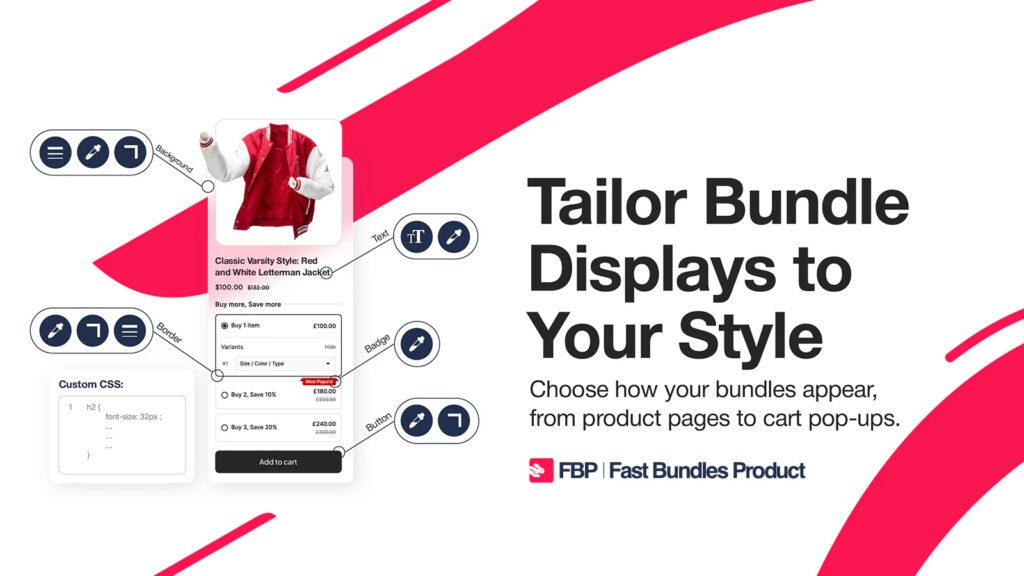
Fast Bundle Product (FBP) is designed for quick and flexible bundle creation on Shopify. Its simple interface makes it easy to handle various formats like mix-and-match, combo, and BOGO bundles. The app supports fundamental bundle workflows, helping merchants get promotions live without much friction.
Key features:
User reviews: FBP is celebrated for its simplicity and range of basic bundle types. However, many users comment on UI issues, lackluster support, and limited options for advanced discounts or complex setups. The price feels high for some merchants, especially those needing only core features.
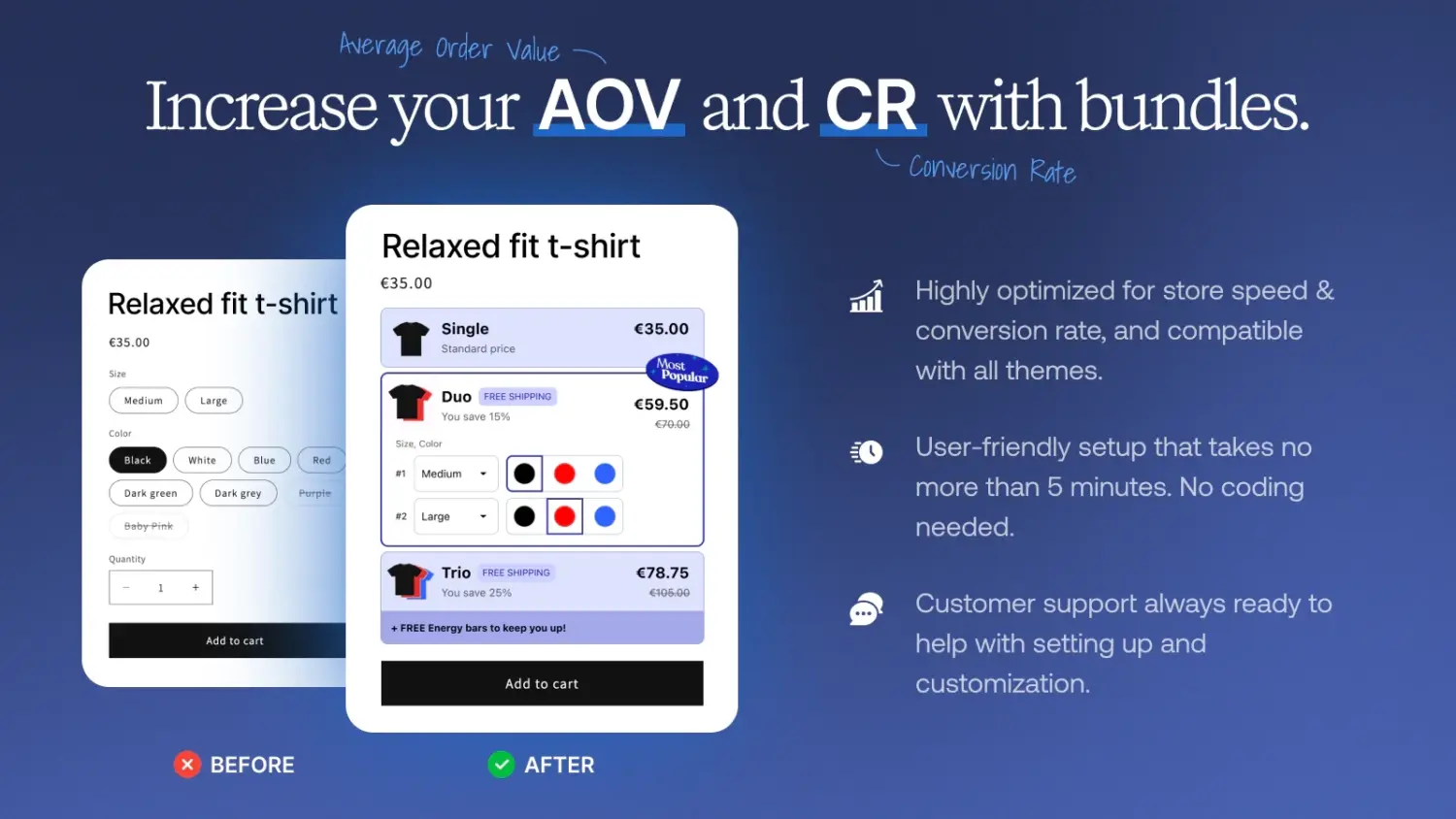
Kaching specializes in clean bundle discounts and quantity breaks, letting merchants easily set up offers that boost both sales and average order values. Its analytics and styling options are especially attractive for those wanting more insight and branding control.
Key features:
User reviews: Users consistently appreciate Kaching’s straightforward features and its smooth integration with Shopify. However, support is noted as slow or inconsistent, and the higher price tag is mentioned as a drawback by smaller stores that need only simple bundles.
| Problem | Solutions |
|---|---|
| 1. Over-discounting and margin erosion | – Calculate break-even discount rates. – Use tiered discounts instead of deep flat discounts. – Pair best-sellers with slower-moving items. |
| 2. Poor inventory planning | – Use an app with real-time inventory syncing. – Sell bundles as a single SKU with component tracking. – Forecast demand using historical sales data. |
| 3. Complex checkout flow that increases abandonment | – Apply bundle discounts automatically in the cart. – Eliminate extra steps or page redirects. – Test the full checkout process on mobile devices. |
| 4. Lack of bundle performance tracking | – Use your bundle app’s analytics dashboard. – Monitor AOV, conversion rates, and total bundle sales. – A/B test different bundle offers and discounts. |
| 5. Not promoting your bundles effectively | – Feature bundles prominently across all channels. – Use clear banners and eye-catching product badges. – Create urgency with countdown timers or low-stock alerts. |
| 6. Creating generic, one-size-fits-all bundles | – Analyze “frequently bought together” data. – Create targeted bundles for different customer segments. – Implement dynamic, AI-powered bundle recommendations. |
And that’s a wrap! We know BFCM can feel overwhelming, but bundling is your secret weapon to stand out and offer real value. Don’t be afraid to get creative, test what works, and give your customers a deal they’ll be excited to share.
Curated Gift Sets (Fixed-Price) are the simplest to execute. You pre-select 2-3 complementary items and sell them as a single product with its own SKU. This requires minimal technical setup and is perfect for creating easy, giftable options for busy shoppers.
Focus on exclusivity and presentation. Instead of just discounting, create a “Limited Edition BFCM Mystery Box” or frame your offer as a “Complete the Look” set styled by an influencer. High-quality photography and compelling copy are key to making the bundle feel like a special event, not just a discount.
If your app allows, run an A/B test in the weeks leading up to BFCM. You could test a “Buy 3, Get 20% Off” mix-and-match bundle against a “Fixed-Price Trio for $50” offer on the same collection. Use the data on conversion rate and AOV to decide which promotion to run during the main event.
The “hero-and-sidekick” method is perfect for this. Pair a best-selling “hero” product with a less popular “sidekick” item in a fixed-price bundle. The popularity of the hero product will help sell the entire bundle, effectively clearing out your excess stock at a better margin than a clearance sale would.


Summary Tiered pricing is a strategy in which a product or service is offered in multiple levels or packages,...

Summary Many merchants assume that more on-site features will automatically lead to bigger carts, yet strategy always outweighs tools....
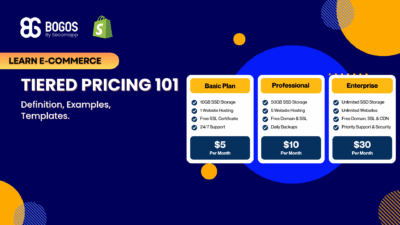
Summary Tiered pricing is one of the most popular sales promotion strategies used across many business models. From SaaS...
